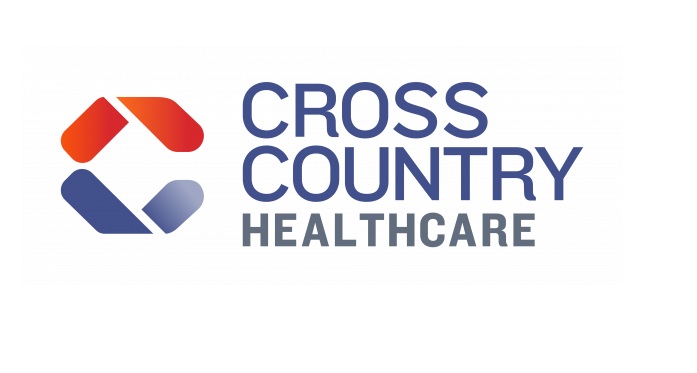Cross Country Healthcare, Inc., a market-leading workforce solutions tech-enabled talent platform, staffing, recruitment, and advisory firm, announced the launch of a study on the use and benefits of Vendor Management Systems to streamline the hiring of contingent and permanent staff. The study, titled “Vendor Management Systems: The Lifeline Healthcare Systems Need Now,” includes responses from more than 150 healthcare leaders and gauges a pulse on this critical component of the healthcare technology ecosystem.
A Vendor Management System (VMS) can provide an automated process to find, schedule and manage healthcare staff. Users receive valuable and meaningful data to make informed hiring decisions, allowing control of staffing via one centralized platform. These tech platforms can be used for Managed Service Programs (MSPs) as well as neutral VMS systems. Work processes are streamlined, and efficiencies are gained, saving time and resources.
“The global Healthcare IT market will reach $821.1 billion by 2026 from $326.1 billion in 2021[1],” said Dan White, Chief Commercial Officer at Cross Country Healthcare. The growth of this market stems from government mandates and support for healthcare IT solutions, rising use of big data, high returns on investment associated with healthcare IT solutions, the need to curtail escalating healthcare costs, and the growing demand for solutions due to COVID-19 and related remote and telehealth patient options. Vendor Management Systems are proving to be the lifeline that hospitals and healthcare facilities need. It is a critical part of their technology ecosystem.”
“According to the study, 40% of the survey participants said they currently use a VMS, 31% didn’t know if they did or not, and 29% said they did not use a VMS,” said Gerald Purgay, Chief Marketing Officer at Cross Country Healthcare. “The participants cited more than 30 different VMS platforms, ranging from sophisticated and comprehensive end-to-end systems to rudimentary systems based in SharePoint, Google or Microsoft. When asked what they liked most about their current VMS, the survey participants said security of data (57%), improved processes and efficiencies (49%), and reduced time to fill (38%) as the top three benefits.”
According to Purgay, “A robust VMS will find, engage and manage staff to fill labor shortages. There are significant benefits, including increased workforce visibility and transparency, organizational efficiencies, reduced costs, confidence with compliance, lower risks, greater flexibility, and time savings. “


















